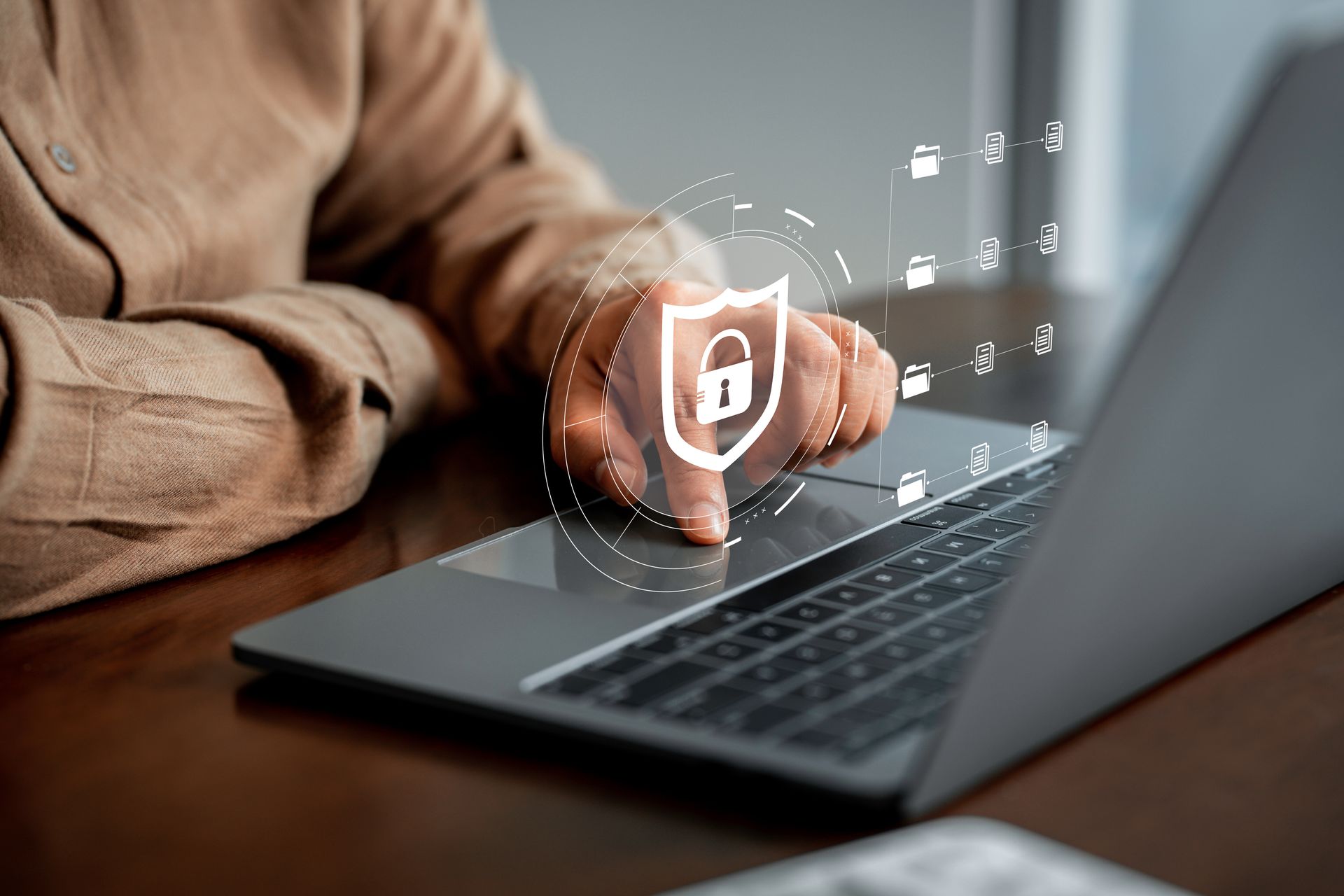Meet Google’s Host For Secure Video Chats
With the popularity of video chats continuously on the rise, it’s nice to know there are several software options available for video meetings. For Google users, what was once only available through Google’s enterprise offering, Google Meet, is now free for everyone. Google Meet offers the flexibility to host secure business meetings or everyday chats with family and friends. The beauty of Google Meet is it brings together the security of Google while making video conferencing easy for all. You just need a gmail email address and can visit meet.google.com to start a meeting or download the app for an android or iOS system. It’s helpful to know you can now use Google Meet for free and have the peace of mind that you are on a secure video chat.
Here’s a quick breakdown of what makes Google Meet a secure video chat.
Highly Secure
Google Meet from day one was built with security in mind. It was developed for creating a highly secure space for businesses to be able to discuss sensitive information. Since Google Meet is available to everyone now, everybody will have access to the same secure connection. Google does not allow for anonymous users entering a call. Whoever enters the call will need a Google gmail and will have to be admitted to the call. Since everyone will have a Google gmail, this means everyone on the chat will have the same level of security that comes along with a gmail email account. Google Meet also encrypts the video and recordings which is another method of keeping the connection secure.
No Extra Hardware
Unlike with Zoom where you need to download software onto your computer first in order to enter a Zoom call – Google meet does not require anything to be downloaded onto your computer. You can visit meet.google.com within your web browser in order to start your call. It works through Chrome and other web browsers. By running through a web browser this makes participants less vulnerable to a cyber attack. If you are using Meet on your phone then you will need to download the Google Meet app to your phone, it can work on both Android or an iPhone. There is a lot less steps to take to enter a meeting via Google Meet.
Granting Entry Rather than Meeting Codes
With Google Meet you can control who enters your call which is another way to keep your video chat secure. For example, with Zoom you can give guests a code or password, however, sometimes hackers can guess these codes and enter your call. With Meet, when someone else is asking to join the call, once identifying who they are – you can admit that person into the chat.
Additional Safety Features
Here are a few more safety features for Google Meet shared by, Javier Soltero – Vice President & GM, G Suite:
- “Meet users can enroll their account in Google’s Advanced Protection Program —our strongest protections available against phishing and account hijacking.”
- “Google Cloud undergoes regular rigorous security and privacy audits for all its services. Our global compliance certifications can help support regulatory requirements such as GDPR and HIPAA, as well as COPPA and FERPA for education.”
- “Your Meet data is not used for advertising, and we don’t sell your data to third parties.”
Additionally, Javier Soltero shares, “We operate a highly secure and resilient private network that encircles the globe and connects our data centers to each other—ensuring that your data stays safe. Trust is built on transparency and we publish the locations of all our data centers.”
Connecting through video is a great way to keep in contact with team members, family and friends. Using a secure video chat such as Google Meet will give you peace of mind that you and everyone else in your chat are safe with a secure connection and everyone can remain focused on the call and of course… enjoy chatting among each other!
The post Meet Google’s Host For Secure Video Chats appeared first on SDTEK | San Diego, CA.



